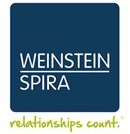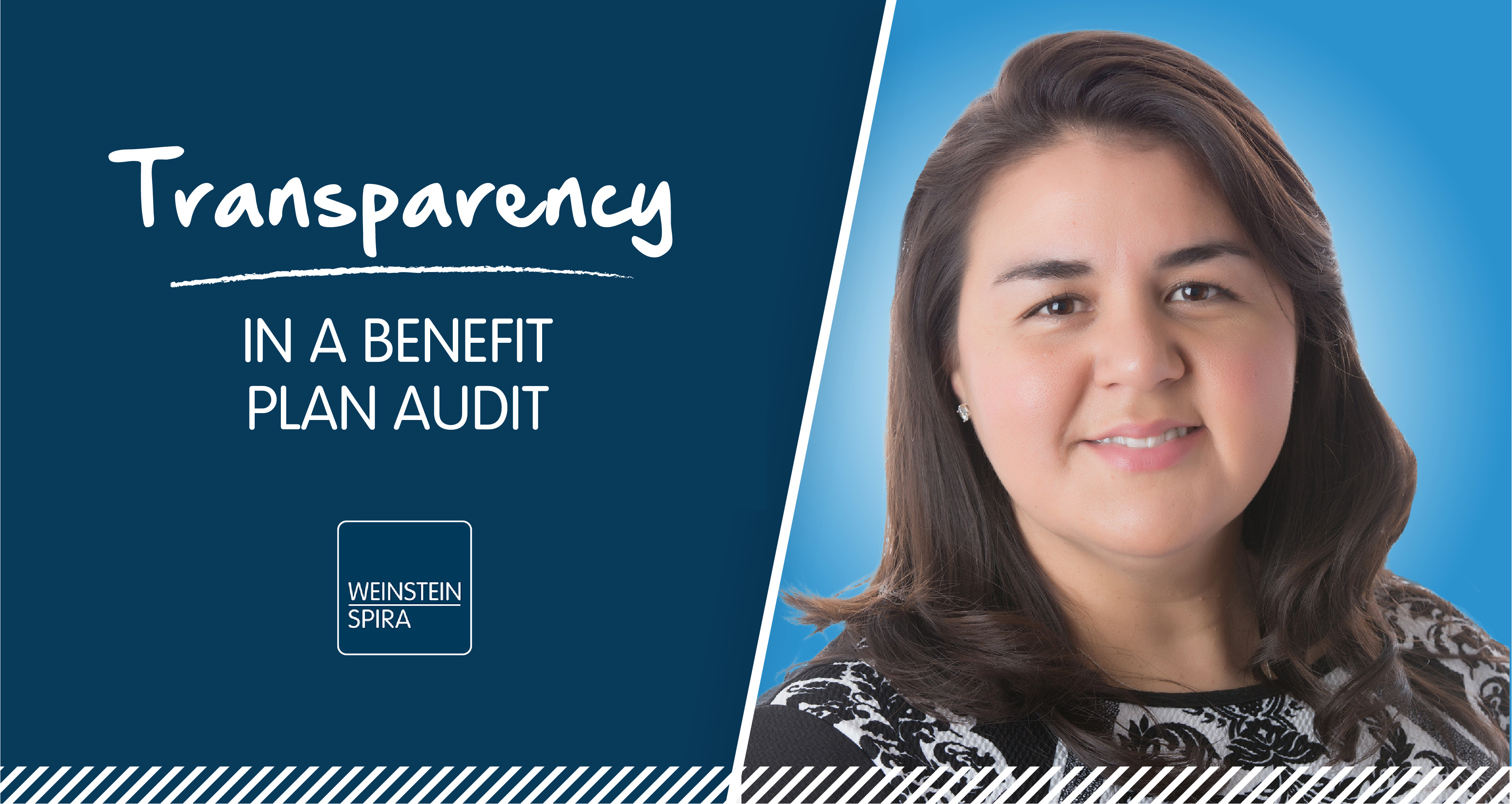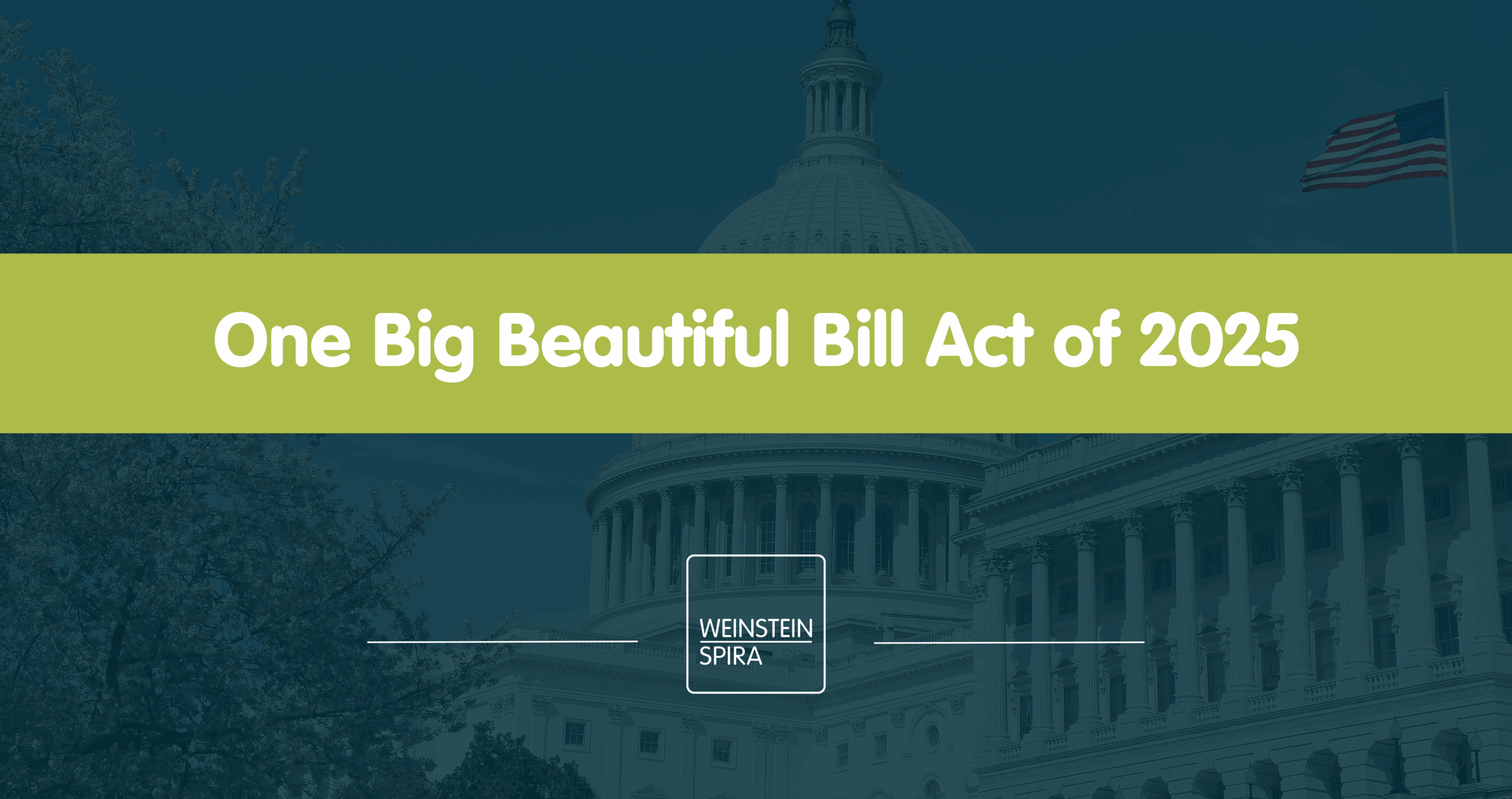After almost a decade of pressure from the Department of Labor (DOL) requesting more transparent reporting and improved quality for ERISA plan audits, the Auditing Standards Board issued Statement on Auditing Standards No. 136, Forming an Opinion and Reporting on Financial Statements of Employee Benefit Plans Subject to ERISA (SAS No. 136).
SAS No. 136 brings changes and new requirements to plan management and to their auditors. The 110-page standard is effective for 2021 calendar year plans and impacts several stages of an audit including the engagement acceptance/continuance process, risk assessment and auditor communications. It also includes a complete overhaul to financial reporting, including changing the language in the auditor’s report. In the past, management could elect to have a limited scope audit or a full scope audit. Under the new standard, these are now called ERISA Section 103 (a)(3)(C) audits or ERISA non-Section 103(a)(3)(C) audits.
It’s important for both plan management and their auditors to understand their responsibilities. The goal here is to increase overall transparency.
Responsibilities for plan management:
- Maintain a current plan document, including plan amendments
- Administer the plan in conformity with the plan’s provisions and the plan document
- Determine that the plan’s transactions disclosed in the financial statements conform to the plan document
- Maintain sufficient records to calculate and report benefits due to plan participants
- Provide the auditor with a substantially complete Form 5500
- When electing an ERISA Section 103(a)(3)(C) audit, determine that this type of audit is permissible by confirming the following:
- The investment information is prepared and certified by a qualified institution, as defined by ERISA
- The certification meets certain requirements established by the DOL
- The certified investment information is appropriately measured, presented and disclosed
- Click here to see if your plan certification qualifies.
Responsibilities for plan auditors:
- Update the audit firm’s tools and templates including plan sponsor deliverables such as the engagement letter and the management representation letter.
- Revise the auditor’s reports. ERISA Section 103(a)(3)(C) audits will no longer be considered as having a scope limitation. The new audit report will provide a two-pronged opinion which includes an opinion on the amounts and disclosures that are not covered by the certification as well as an opinion that the amounts included in the financial statements agree to or are derived from the certification.
- Anticipate that portions of the audit process may take more time. Plan sponsors may need assistance in understanding the changes under the standard, especially during the audit engagement acceptance/continuance process with the client.
- Provide training for audit teams and possibly for the plan sponsor.
- Perform risk assessment procedures related to the plan document, plan tax status and prohibited transactions.
- Communicate reportable findings to those charged with plan governance. Include the following:
- A description of the reportable finding
- Sufficient information to enable those in charge of plan governance and management to understand the context of the reportable finding
- An explanation of the potential effects of the reportable finding on the financial statements or to the plan
SAS No. 136 has many new requirements that are intended to increase the transparency of the plan’s financial reporting as well as the plan sponsor’s involvement in the audit process.
Find out more from the AICPA about SAS No. 136 here.



